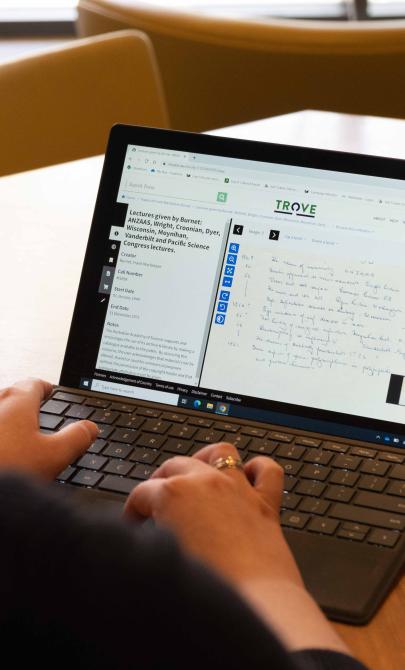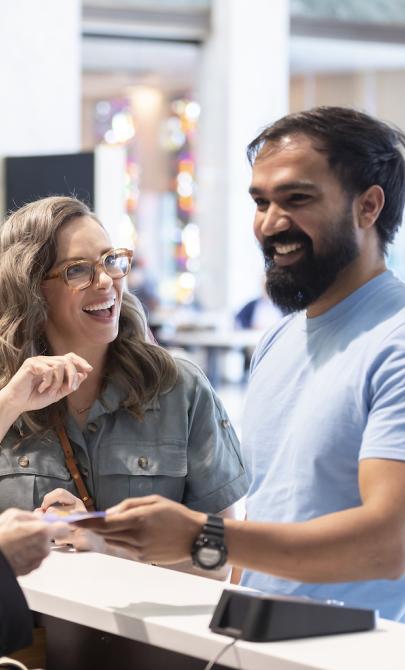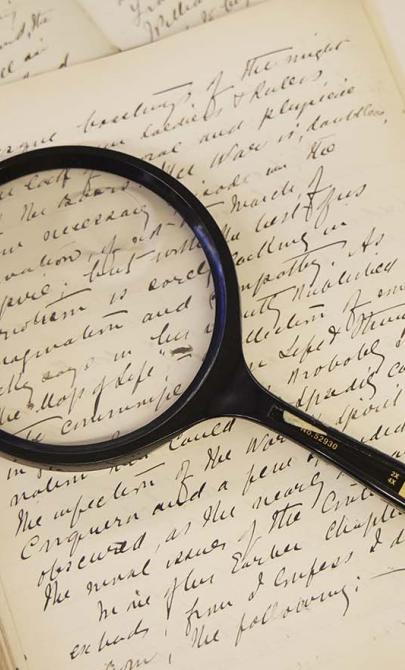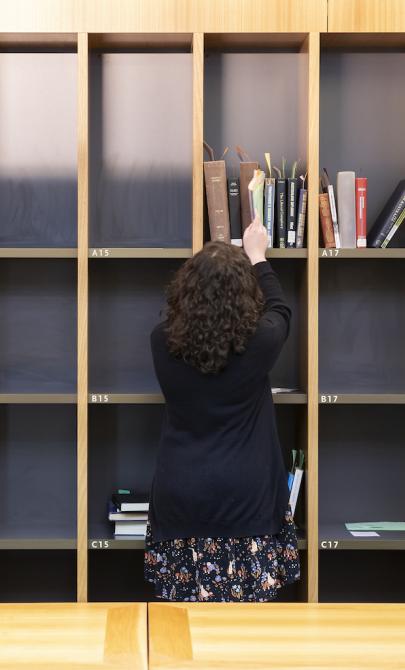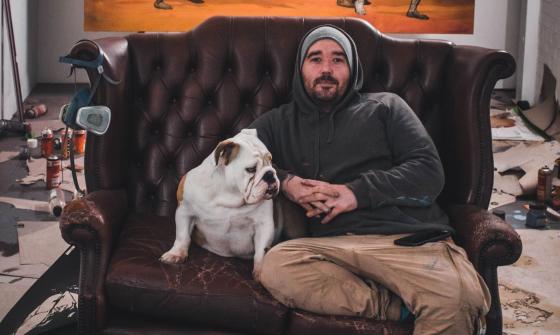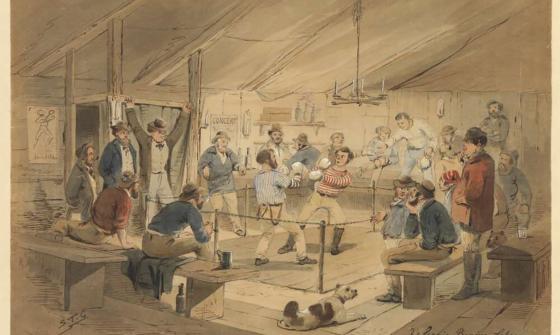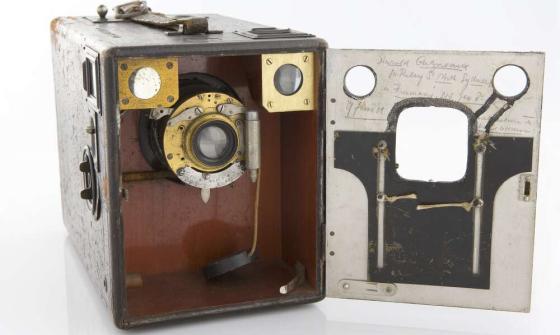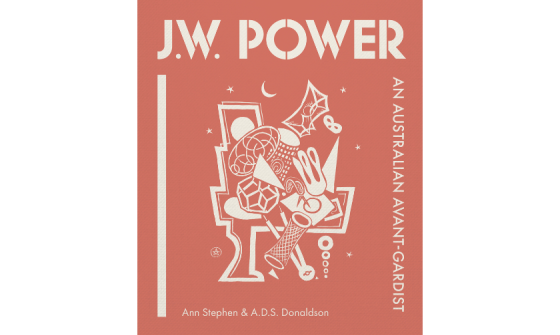Blackman Collection
Key items in the collection
Highlights from this collection demonstrate its historical significance and variety.
The Barbara Blackman Collection includes 149 oral history recordings, made between 1982 and 1989 in all Australian states, as well as in Britain and Italy.
Most recordings are with Australian visual artists, but the collection also includes interviews with people from other fields.
Visual artists
The largest group in the collection is painters, ranging from lesser-known artists to prominent figures such as:
- Lina Bryans
- Judy Cassab
- Roy Churcher
- John Coburn
- Kevin Connor
- Ray Crooke
- Roy Dalgarno
- Frances Derham
- Robert Dickerson
- Donald Friend
- Laurence Hope
- Robert Juniper
- Justin O’Brien
- Clifton Pugh
- Jan Senbergs
- Andrew Sibley
- Albert Tucker.
Other artists include:
- Sculptors and potters: Tom Bass, Marea Gazzard, Inge King, Lenton Parr, Kathleen Shillam
- Cartoonists: George Finey, Tony Rafty
- Photographer: Axel Poignant.
Other interviewees
The collection also features people from a range of other professions, including:
- Writers
- Musicians
- Theatre producers and actors
- Architects
- Medical researchers
- Ophthalmologists
- Occupational therapists
- Schoolteachers.
Notable individuals include:
- Joseph Brown, art dealer
- Georges Mora and Barry Stern, gallery directors
- Margaret Walker, dance director
- Colin Clark, economist
- Gordon Ford, architect
- Reuben Hertzberg, ophthalmologist.
About Barbara Blackman
Early life and education
Barbara Blackman (1928–2024) was born in Brisbane on 22 December 1928, the daughter of William and Gertrude Patterson. She attended Brisbane State High School and later studied at the University of Queensland. During her time at university, she became involved with the literary journal Barjai and developed friendships with writers such as Judith Wright, Barrie Reid, Laurence Collinson, Jill Hellyer and Thea Astley.
Life in the arts
In 1950, Blackman moved to Melbourne, where she met and married the artist Charles Blackman. She worked as an artist’s model and became part of Melbourne’s vibrant art scene, playing an active role in the Contemporary Art Society after its revival in 1953.
The Blackmans lived in various cities over the years, including Melbourne, Brisbane, London, Paris and Sydney. They divorced in 1981.
Advocacy and cultural work
Born with poor eyesight, Blackman's vision deteriorated further during the 1950s. She became a passionate advocate for people who are blind or vision impaired. Her work included:
- Campaigning for talking books and accessible libraries
- Producing programs for Radio for the Print Handicapped
- Supporting the National Federation of Blind Citizens.
At the same time, she was deeply involved in cultural and educational projects. She managed a graphic prints business, chaired the board of Chiron College in Sydney (1972–1976), founded the Little Lookout Theatre, and established the Barbara Blackman Temenos Foundation in 1997 to bring speakers from the Temenos Academy to Australia.
Writing and publishing
Blackman published poems, essays and reviews in many newspapers and literary journals. She was also known for her vivid and thoughtful letters. Her long correspondence with Judith Wright was published as Portrait of a Friendship: The Letters of Barbara Blackman and Judith Wright 1950–2000 (2007).
Oral history and later recognition
In 1981, Blackman began an oral history project focused on artists – many of whom she knew personally. Her interviews had a relaxed, conversational style. She travelled widely with her tape recorder, selecting her interviewees and managing the process herself.
I find it most effective to keep my ear to the ground and approach someone at the right time and when I am in the right place for them.
The project ran until 1989 and was supported financially by the Library. In 2006, she received the Australasian Sound Recordings Association Award for Excellence.
Background to the collection
Blackman's oral history recordings were acquired between 1982 and 1989.
The Blackman recordings are held at various locations catalogued individually within the Oral History and Folklore Collection.
This guide was prepared using these references:
- Barbara Blackman, Glass After Glass: Autobiographical Reflections, Viking, Melbourne, 1997.
- Hazel De Berg, Barbara Blackman interviewed by Hazel de Berg in the Hazel de Berg collection, 1974, ORAL TRC 1/797–798.
- Merome McPhee, The Moving Spirit, West Australian, 15 February 1975, p 27.
